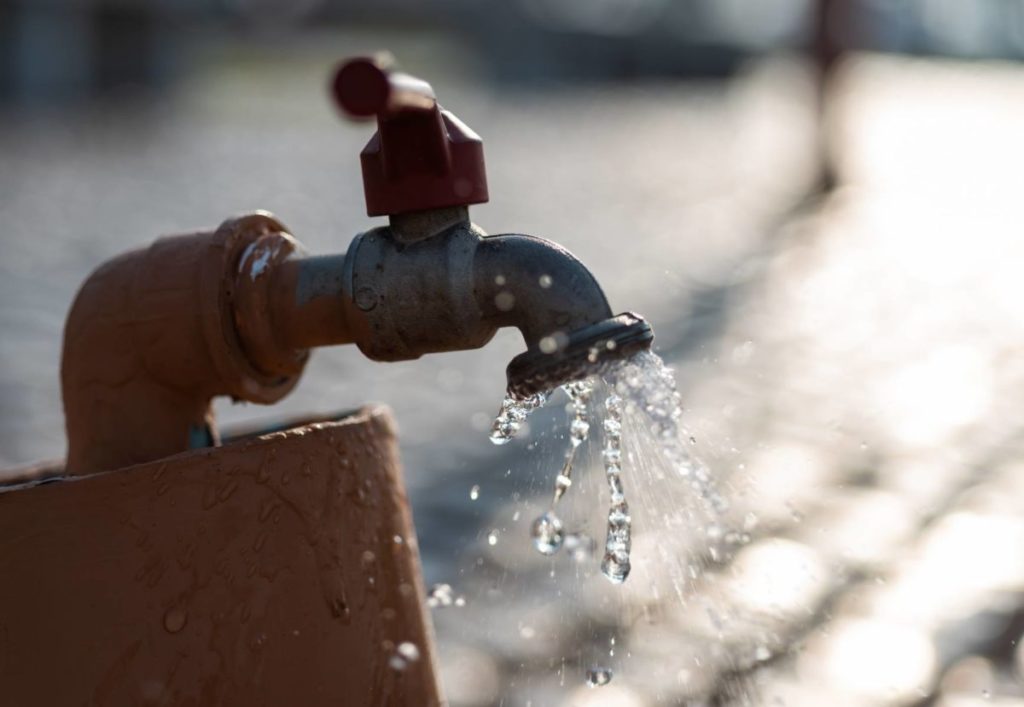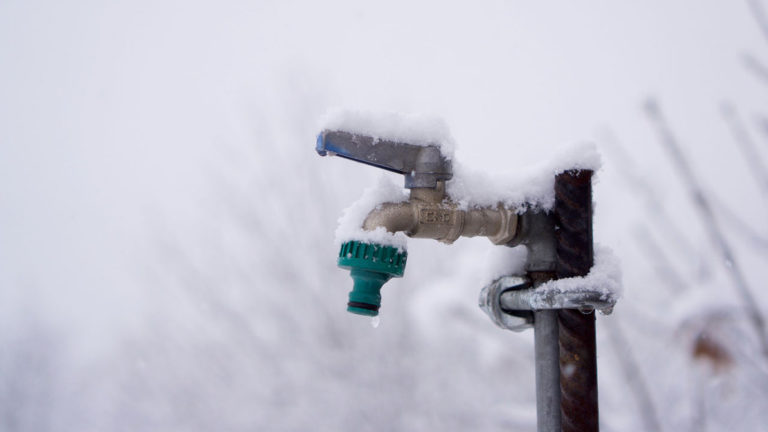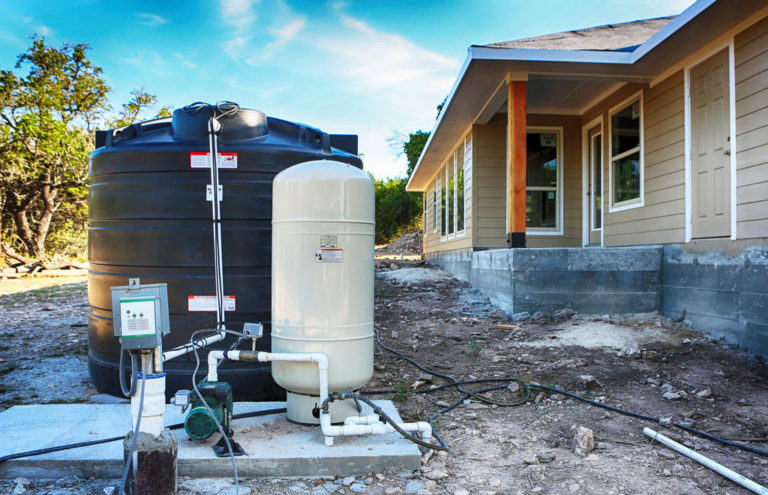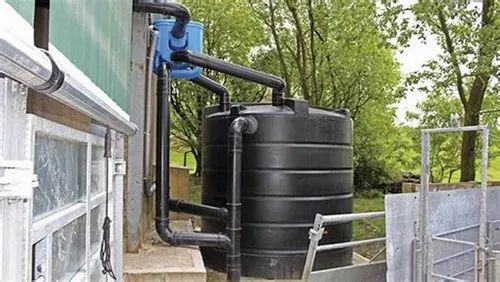As an off-grid homeowner, you understand the importance of sustainability and self-sufficiency when it comes to your home’s water supply.
One effective way to achieve this is by implementing a graywater reuse system, which can significantly reduce your household’s water consumption and waste.
However, many off-grid homeowners may believe that such systems are expensive or too complex to install and maintain.
We will explore affordable and sustainable graywater reuse options that every off-grid homeowner should know about, empowering you to make the best decision for your property’s unique needs and budget.
Assess Your Needs
Evaluate your water requirements to determine the appropriate size and design of your graywater reuse system. This will help you avoid overspending on a system that’s too large or too small for your needs.
This includes evaluating your water requirements, the size of your property, the number of occupants, and the water-using appliances and fixtures in your home.
This evaluation will help you determine the appropriate size and design of your graywater reuse system, avoiding overspending on a system that’s too large or too small for your needs.
For example, if you have a small family and your home only has a few low-flow appliances, you may not need a large graywater reuse system.
On the other hand, if you have a large family and multiple high-water-using appliances, you’ll need a larger system to meet your water demands.
By assessing your needs, you can select the most appropriate system for your property, saving you money and ensuring that your system meets your water needs.
Optimize Your Site
Locate your graywater reuse system near the point of use, and position it to maximize the site’s natural slope and gravity flow. This will reduce the need for pumps and pipes, making your system more affordable and sustainable.
By locating your graywater reuse system near the point of use and positioning it to maximize the site’s natural slope and gravity flow, you can significantly reduce the need for pumps and pipes.
This approach not only makes your system more affordable, but also more sustainable.
Without the need for energy-intensive pumps and pipes, your system will use less energy and require less maintenance.
The natural slope and gravity flow of your site can be harnessed to create a self-sustaining system that is easier to maintain and more resilient over time.
This approach also allows for a more efficient use of resources, as the graywater is being used in close proximity to where it is collected, reducing the need for extensive storage tanks and piping.
Overall, optimizing your graywater reuse system near the point of use and leveraging the site’s natural slope and gravity flow can result in a more cost-effective, sustainable, and efficient system that meets your water needs while minimizing your environmental impact.
Choose the Right Plumbing
Use appropriate plumbing materials for your graywater reuse system, such as PVC or CPVC pipes, to ensure durability and longevity. Avoid using materials like PVC that can leach harmful chemicals into your water supply.
When it comes to choosing the right plumbing materials for your graywater reuse system, it’s important to prioritize durability and longevity while also ensuring the safety of your water supply.
PVC (polyvinyl chloride) and CPVC (chlorinated polyvinyl chloride) pipes are excellent options for graywater reuse systems, as they are resistant to corrosion and can withstand the constant flow of water.
However, it’s important to avoid using PVC pipes, as they can leach harmful chemicals like dioxins and furans into your water supply.
These chemicals can cause serious health problems, including cancer and reproductive issues, so it’s essential to choose plumbing materials that are free of harmful substances.
CPVC pipes, on the other hand, are a safer option, as they are made with chlorine, which helps to inhibit the growth of bacteria and other microorganisms.
By choosing the right plumbing materials for your graywater reuse system, you can ensure a safe and efficient system that will provide you with a reliable source of irrigation water for years to come.
Design a Simple System
Start with a simple system that collects and reuses graywater from sinks, showers, and washing machines. Expand your system as needed, rather than trying to accommodate all your water needs at once.
Here’s a detailed elaboration on designing a simple graywater system for a sustainable lifestyle
Start by collecting graywater from sinks, showers, and washing machines in a designated tank or container.
This can be done by connecting your sinks, showers, and washing machine to a network of pipes that lead to the graywater collection tank.
Make sure to use durable materials and proper sealing techniques to ensure no leaks or contamination occur.
Once you have collected the graywater, you can reuse it in a variety of ways.
For example, you can use it to flush toilets, irrigate plants, or even wash clothes.
This can help significantly reduce your water consumption and lower your water bills.
One of the benefits of starting with a simple system is that it allows you to gradually expand your system as needed.
For instance, you may start by collecting graywater from your sinks and showers, but as your needs change, you can add a washing machine connection or even install a drip irrigation system for your plants.
This flexibility allows you to customize your system to meet your unique needs and goals.
By starting with a simple system, you can also gain valuable experience and knowledge that can help you refine and expand your system over time.
Starting simple allows you to identify potential issues and make adjustments before investing in a larger, more complex system.
Overall, designing a simple graywater system is a great way to start living a sustainable lifestyle.
It’s a cost-effective, efficient, and flexible way to reduce your water consumption and lower your impact on the environment.
So why not start today and see how simple changes can make a big difference in your life and your community?
Use Rainwater Harvesting
Integrate rainwater harvesting into your graywater reuse system to reduce your reliance on potable water. This will not only save you money on your water bill, but it will also provide a sustainable source of water for your plants and animals.
By integrating rainwater harvesting into your graywater reuse system, you can significantly reduce your reliance on potable water for irrigation and other non-potable uses.
Rainwater harvesting involves collecting and storing rainwater during periods of heavy rainfall, which can then be used for a variety of purposes such as irrigating plants, flushing toilets, and washing clothes.
This not only saves you money on your water bill, but it also provides a sustainable source of water for your plants and animals.
In addition, by using rainwater instead of potable water for irrigation, you can help to protect the environment by reducing the amount of treated wastewater that is discharged into waterways.
Overall, incorporating rainwater harvesting into your graywater reuse system is a smart and sustainable solution for reducing your water consumption and lowering your water bills.
Implement Greywater Reuse Technologies
Utilize technologies like grease traps, settling tanks, and filtration systems to effectively treat and reuse graywater. These technologies can help remove contaminants, improve water quality, and ensure a reliable water source.
Implementing greywater reuse technologies can be a game-changer for communities struggling with water scarcity and contamination.
Grease traps, settling tanks, and filtration systems are all effective tools for treating and reusing graywater.
By installing these technologies, communities can not only improve water quality but also ensure a reliable source of water.
Grease traps, for example, can be used to remove fats, oils, and greases from graywater, while settling tanks can be used to separate solid waste and suspended solids from the water.
Filtration systems, on the other hand, can remove a wide range of contaminants, including bacteria, viruses, and heavy metals.
By utilizing these technologies, communities can not only conserve water but also reduce their reliance on potable water sources, which can be a significant cost savings.
Greywater reuse technologies can help reduce the amount of wastewater that is sent to treatment plants, which can help alleviate the burden on these facilities and reduce the amount of energy required to treat and dispose of wastewater.
Overall, implementing greywater reuse technologies is a smart, cost-effective, and sustainable solution for communities looking to improve their water security and reduce their environmental impact.
Incorporate Graywater Use in Landscaping
Use graywater for irrigation and other landscaping needs. This will not only reduce your water consumption but also help to conserve water and reduce waste.
Incorporating graywater use in landscaping is an excellent way to conserve water, reduce waste, and minimize your water consumption.
Graywater, which is the wastewater generated from sinks, showers, and washing machines, can be used for irrigation and other landscaping needs.
By using graywater for these purposes, you can significantly reduce your potable water usage, which will not only save you money but also help to conserve this precious resource.
Moreover, utilizing graywater can help to reduce the amount of wastewater that enters the sewage system, thereby reducing the strain on these systems and minimizing the risk of sewage overflows.
To incorporate graywater use in your landscaping, you will need to install a graywater collection and distribution system.
This can be done by connecting a network of pipes to your sink, shower, and washing machine drains, which will collect and transport the graywater to a storage tank.
From there, the graywater can be distributed to your plants through a drip irrigation system or other low-pressure irrigation method.
It is important to note that graywater should not be used for drinking or cooking, as it may contain contaminants such as bacteria, viruses, and chemicals.
However, with proper design, installation, and maintenance, graywater use in landscaping can be a reliable and sustainable way to irrigate your plants while conserving water and reducing waste.
Regular Maintenance is Key
Regularly maintain your graywater reuse system to ensure it’s working effectively and safely. Check and clean your gutters, screens, and filters regularly to prevent clogging and contamination.
Regular maintenance is essential to ensure your graywater reuse system is functioning effectively and safely.
It’s important to regularly check and clean your gutters, screens, and filters to prevent clogging and contamination.
A clean system is a healthy system, and proper maintenance can prevent any harmful bacteria or debris from entering your home through the graywater reuse system.
Check your gutters monthly to ensure they are free-flowing and not clogged with debris like leaves or twigs.
Similarly, check your screens and filters every 3-6 months, depending on the manufacturer’s recommendations and your specific system design.
These regular check-ups will help maintain the efficiency and longevity of your graywater reuse system, while also ensuring your home’s water quality is safeguarded.
Remember, prevention is key – investing time and effort into regular maintenance can prevent costly repairs down the line.
Want More? Dive Deeper Here!
Hey there! If you’re the type who loves going down the rabbit hole of information (like we do), you’re in the right spot. We’ve pulled together some cool reads and resources that dive a bit deeper into the stuff we chat about on our site. Whether you’re just killing time or super into the topic, these picks might just be what you’re looking for. Happy reading!
- Water – EcoBlock
- (PDF) Off-grid Living for the Normative Society: Shifting Perception and Perspectives by Design
- (PDF) EVALUATION OF LIFE CYCLE COSTS, BENEFITS, AND PUBLIC PERCEPTIONS OF GREYWATER REUSE SYSTEMS FOR SUPPLEMENTING CONVENTIONAL WATER DELIVERY
- (PDF) Responsible Wastewater Management: Whiting Farm Wastewater System Design and Feasibility Analysis






